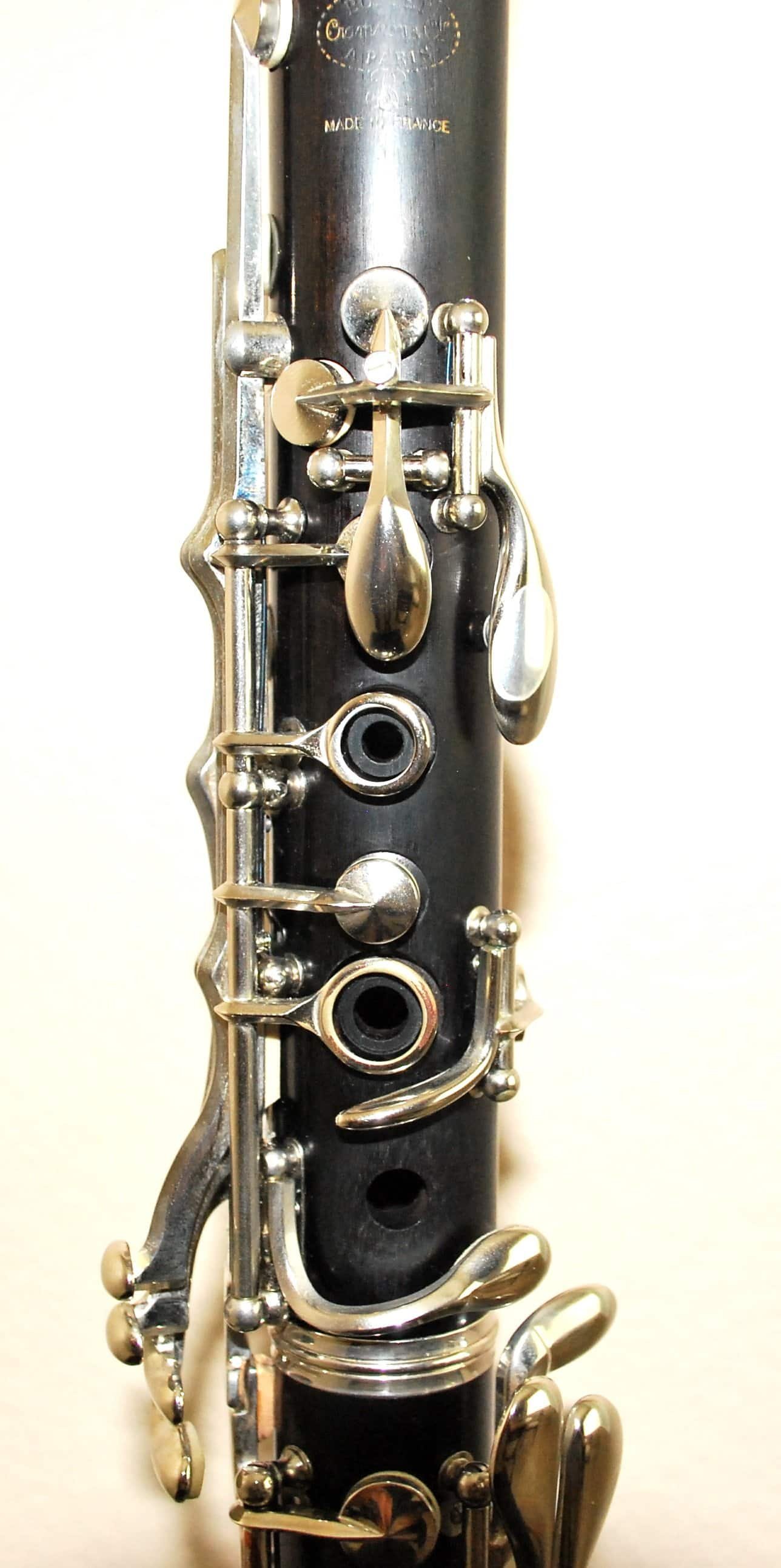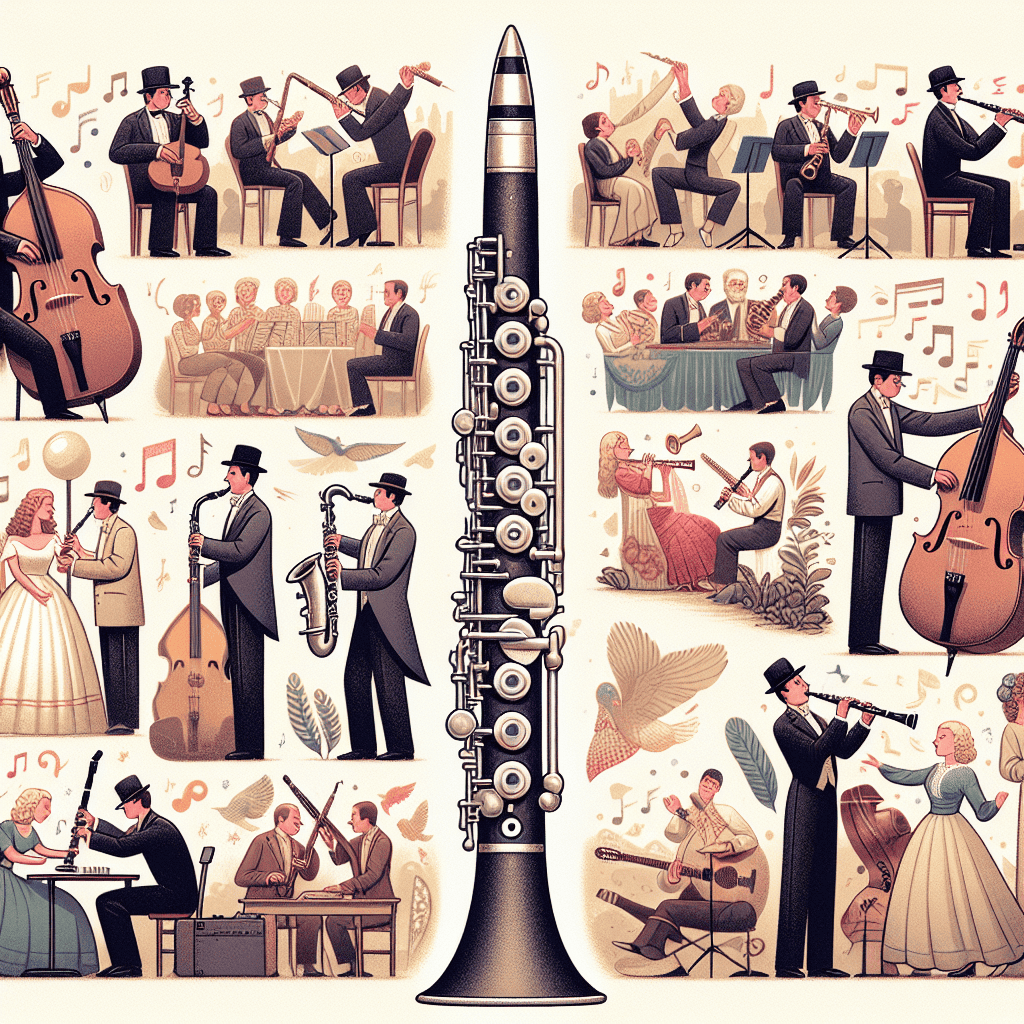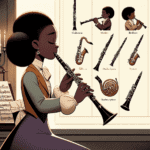The Clarinet's Genre-Bending Magic
The clarinet possesses a unique ability to bridge musical genres, seamlessly transitioning between classical traditions and modern styles. Recently, its prominent role in crossover projects has caught the attention of the music industry. More musicians are now exploring genre fusion to reach broader audiences. From jazz virtuosos collaborating with symphony orchestras to world music groups incorporating clarinet harmonies, this adaptable instrument continues to surprise listeners in unexpected musical contexts.
What sets the clarinet apart in crossover music? Its remarkable range of expression and tonal qualities, spanning from mellow and poignant to vibrant and energetic. With a single note, it can convey a spectrum of emotions, making it perfect for projects that blend diverse musical styles. Martin Freres Clarinets, known for their resonant sound and quality craftsmanship, represent the type of instrument musicians seek when aiming to enhance their performance.
Classical Meets Modern: Clarinet in Fusion
One exciting area where clarinets excel is in collaborations between classical ensembles and contemporary elements such as electronic beats or world percussion. Imagine a smooth clarinet line intertwining with a pulsating rhythm—it's captivating. This innovative approach encourages clarinetists to push boundaries, exploring techniques and sounds they might not have considered in traditional settings. For example, utilizing extended techniques like slap-tonguing or multiphonics can create unique textures that complement experimental compositions.
| Genre | Clarinet Role | Example Technique |
|---|---|---|
| Classical-Electronic Fusion | Melodic lead over electronic beats | Multiphonics |
| Jazz-Classical Blend | Improvisational solos with orchestral backing | Swing articulation |
| World Music Fusion | Harmonic support for ethnic instruments | Glissando |
Jazz and Beyond: Clarinet in Contemporary Styles
For jazz and blues musicians, venturing into crossover projects often means collaborating with pop artists or hip-hop producers. In these contexts, clarinet parts may incorporate more improvisational elements. The instrument's ability to glide between melodies while maintaining rhythmic precision allows it to both lead and support with elegance. It's remarkable how one versatile instrument can transform a piece. Some innovative artists even use live looping to create layered clarinet harmonies in real-time during performances, opening up endless creative possibilities.
Preparation: The Key to Successful Crossovers
Engaging in crossover projects requires thorough preparation. Whether you play a Martin Freres Clarinet or another brand, being well-prepared is essential. Familiarizing yourself with various musical styles—such as the syncopated rhythms of flamenco or the swing patterns in jazz—will help you understand the nuances of each genre. Putting in the work beforehand will make rehearsals and recording sessions much smoother. Take it from me, you don't want to feel out of place when the music starts flowing!
Choosing the Right Instrument for Crossover Projects
Your choice of instrument is another important consideration. Clarinets used in crossover productions need to handle a wide tonal spectrum—from gentle whispers to bold, brassy notes. This is why many professionals opt for instruments known for their versatility, such as Martin Freres Clarinets. You'll want an instrument that's equally comfortable playing a soulful solo or leading an energetic melody. The selection of reeds is also crucial, as they significantly affect your sound's timbre. Try out different cuts and strengths to find the perfect match for your project.
Recording Techniques for Clarinet in Crossover Music
When recording clarinet for crossover projects, microphone placement is crucial. Placing a mic close to the bell captures warmth, while positioning it a few feet away highlights the instrument's natural resonance. Some audio engineers even use stereo-miking techniques to achieve a fuller, more immersive sound. It's important to ensure the clarinet blends well in the mix—it should be clearly audible without overpowering other instruments.
Bringing Crossover Clarinet to the Stage
In live settings, clarinet players in crossover ensembles often use pickup or clip-on microphones for freedom of movement while performing. This setup allows for more dynamic performances, as the musician can move with the music, creating a more engaging experience for the audience. A high-energy crossover piece takes on a whole new dimension when the clarinetist is grooving along with the rhythm section!
Advice for Aspiring Crossover Clarinetists
For students looking to explore the world of crossover music, here's a tip: listen to a wide variety of music. Study different genres and observe how the clarinet is used in each. Practice combining ornaments from one style with phrases from another. For instance, try pairing a traditional klezmer glissando with a jazzy swing rhythm—you might discover an entirely new musical direction.
The Professional Perspective on Crossover Clarinet
Professional clarinetists have been at the forefront of genre-blending for years, and the instrument continues to find new expressions in various musical contexts. Whether it's a Martin Freres Clarinet playing a haunting folk melody or soaring over a lively Latin beat, the clarinet adapts beautifully, adding richness to the tapestry of contemporary music.
Conclusion: The Clarinet's Boundless Potential
Who says clarinets are limited to classical music? These crossover projects demonstrate the incredible creativity of musicians who aren't afraid to explore new territories. They embrace musical diversity with enthusiasm and skill. So why not pick up your clarinet and venture into uncharted musical landscapes? There's a world of exciting possibilities waiting to be discovered.
Table of Contents
- The Clarinet's Genre-Bending Magic
- Classical Meets Modern: Clarinet in Fusion
- Jazz and Beyond: Clarinet in Contemporary Styles
- Preparation: The Key to Successful Crossovers
- Choosing the Right Instrument for Crossover Projects
- Recording Techniques for Clarinet in Crossover Music
- Bringing Crossover Clarinet to the Stage
- Advice for Aspiring Crossover Clarinetists
- The Professional Perspective on Crossover Clarinet
- Conclusion: The Clarinet's Boundless Potential







